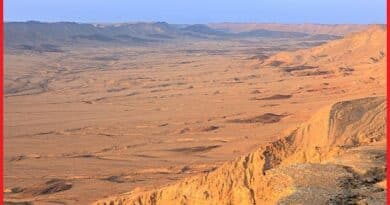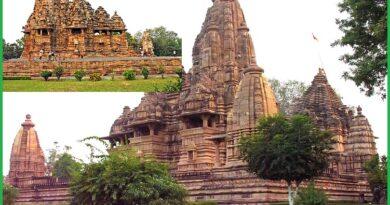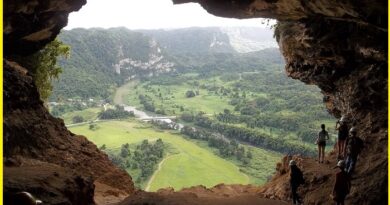The Eiffel Tower-A Famoud Landmark and Symbol of Paris
Eiffel Tower
The Eiffel Tower is a famous landmark located in Paris, France. It was built by Gustave Eiffel for the 1889 World’s Fair and has since become a global icon of France and a symbol of Paris. The tower stands at a height of 324 meters and was the tallest man-made structure in the world when it was completed. It is made of iron and weighs approximately 10,100 tons. The tower has three levels that are open to the public, with the first level at a height of 57 meters, the second level at 115 meters, and the third level at 276 meters. Travelers can ascend the tower by taking the stairs or an elevator, with the elevator ride taking approximately 1-2 minutes. The tower offers stunning views of the city of Paris, and the top level features a champagne bar and a restaurant. The Eiffel Tower remains one of the most popular tourist attractions in Paris, drawing millions of visitors each year.

Why was the Eiffel tower built? History
The Eiffel Tower was built by Gustave Eiffel, a French engineer, and architect, for the 1889 World’s Fair, which was held in Paris to celebrate the 100th anniversary of the French Revolution. Eiffel’s company, Eiffel et Compagnie, won a competition to design a centerpiece for the fair that would showcase French engineering and technology. Eiffel himself was the lead designer of the tower, which was originally intended to be a temporary structure that would be dismantled after the fair.
Construction of the tower began in 1887 and took two years to complete. Over 300 workers were involved in the construction, and approximately 18,000 iron pieces were used to build the tower. The tower’s design was controversial at the time, with many Parisians protesting its construction and calling it an eyesore.

Despite the controversy, the tower was a great success at the 1889 World’s Fair, drawing thousands of visitors and becoming an instant symbol of French engineering and innovation. After the fair, the tower was not dismantled, as Eiffel had planned, and it became a permanent fixture in the Parisian skyline. Over the years, the Eiffel Tower has undergone numerous renovations and upgrades, including the addition of elevators and lighting. Today, it remains one of the most iconic landmarks in the world and is a beloved symbol of Paris and France.
Also, Read- Masada National Park and Masada fortress History Isreal
Eiffel tower at night
The Eiffel Tower is particularly stunning at night when it is illuminated by thousands of sparkling lights. The tower’s lighting system, which was installed in 1985, consists of 336 projectors that use yellow-orange sodium lamps to illuminate the tower. Every evening, starting at dusk, the Eiffel Tower lights up for a few minutes with a spectacular display of sparkling lights. The display occurs every hour on hour, and the lights twinkle for five minutes, making the tower look like it is covered in glitter. This display is called the “Eiffel Tower Light Show” or “Eiffel Tower Sparkling.”
The sparkling lights, and the tower’s illumination change throughout the night, with the yellow-orange lights, gradually transitioning to a golden-yellow color after midnight. The lighting system also has the ability to display a range of other colors and special effects, such as the colors of the French flag in honor of national holidays or events. Visitors can enjoy the Eiffel Tower’s illuminated beauty from various viewpoints in the city, such as the Trocadéro or Montparnasse Tower. Many people also choose to take a nighttime boat cruise along the Seine River, which offers a stunning view of the tower from the water.

Important things
A repainting campaign is an important event in the Eiffel tower monument. It represents the lasting quality of a work of art known all over the world. The Tower has been re-painted, an average of once every seven years. It has changed color several times, passing from red-brown to yellow-ochre, then to chestnut brown, and finally to the bronze of today. It is slightly shaded off towards the top to ensure that the color is the same all the way up as it stands against the Paris sky.



